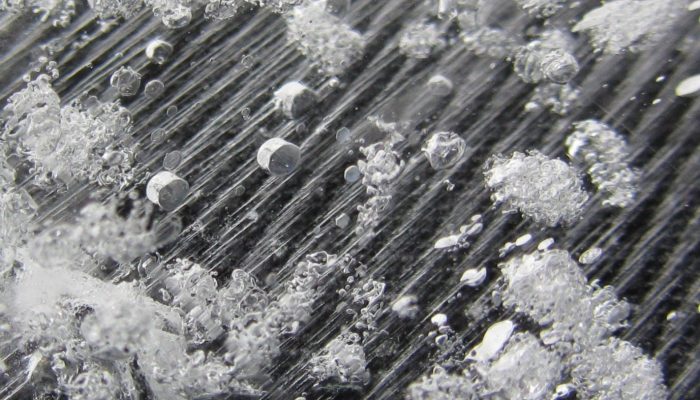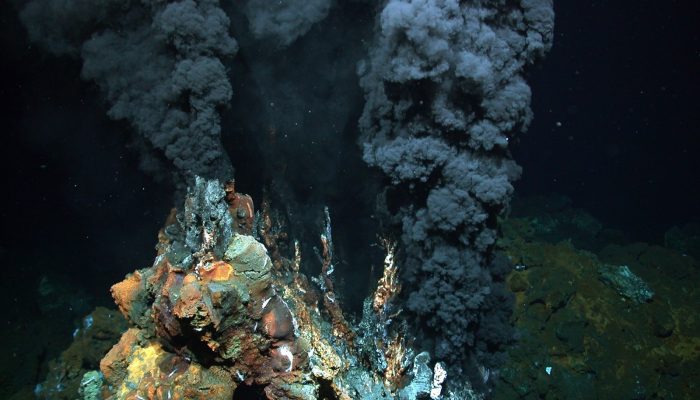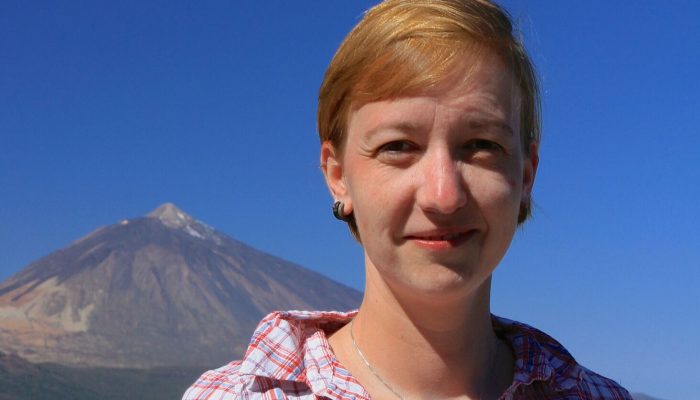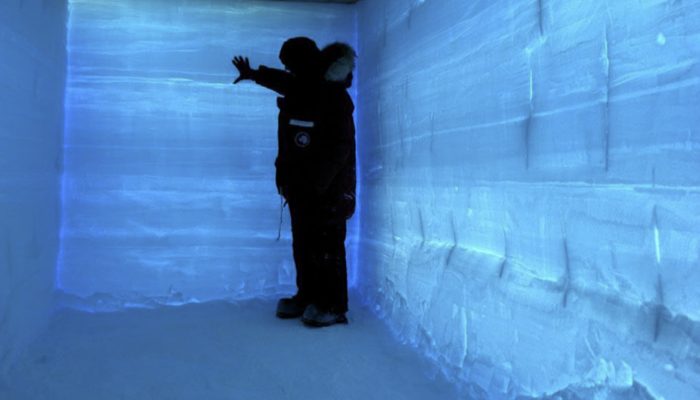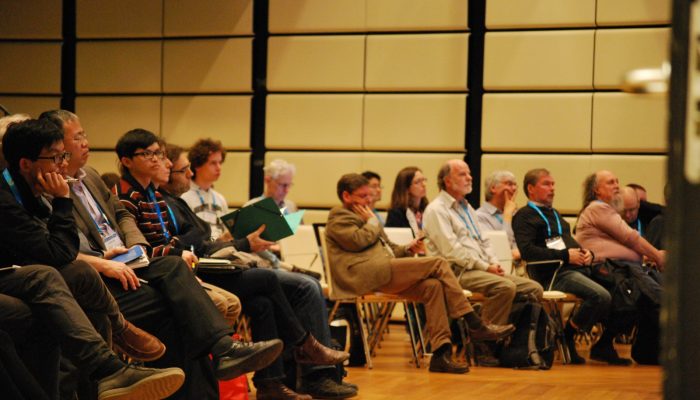This picture was taken on the way back from collecting field measurements at the Lordsburg Playa in southwestern New Mexico, USA. The setting sun highlights the contrast between the dry, cracked soil and the standing water from antecedent rainfall. A playa is a flat topographic depression in arid or semi-arid regions that contains a large amount of deposited sediment. When the surface of the playa ...[Read More]
If you didn't find what you was looking for try searching again.
Natural Hazards
What is coming at the next EGU’s General Assembly?
The next EGU’s General Assembly is taking place in three weeks! We bet you already started planning your program for the week, and that Natural Hazard (NH) sessions are included, and, especially if you are an Early Career Scientist, you have found many sessions and courses targeting your specific needs and interests. What fits more to your interests: Attend talks and posters, learn and improve ski ...[Read More]
Cryospheric Sciences
Image of the Week – Broccoli on Kilimanjaro!
On the plateau of Kilimanjaro, Tanzania, the remnants of a glacier can be found and the ice from that glacier contains a rather interesting feature – Broccoli! Not the vegetable, but bubbles that look a lot like it. Our Image of the Week shows some of these strange “Broccoli Bubbles”. Read on to find out more about where these were found and how we can see them. There is not much ice left on the m ...[Read More]
WaterUnderground
Happy birthday plate tectonics!
Post by Elco Luijendijk, a junior lecturer, and David Hindle, lecturer and head of geodynamic modelling, both at the Department of Structural Geology and Geodynamics at the University of Göttingen, in Germany. _______________________________________________ As we’ve firmly moved into 2018, we can say happy 50th birthday to one of the most revolutionary scientific theories of the last century: plat ...[Read More]
GeoLog
GeoTalk: How will large Icelandic eruptions affect us and our environment?
Geotalk is a regular feature highlighting early career researchers and their work. In this interview we speak to Anja Schmidt, an interdisciplinary researcher at the University of Cambridge who draws from atmospheric science, climate modelling, and volcanology to better understand the environmental impact of volcanic eruptions. She is also the winner of a 2018 Arne Richter Award for Outstanding Ea ...[Read More]
Climate: Past, Present & Future
How to reconstruct past climates from water stable isotopes in Polar ice cores ?
Ice cores are a favored archive to study past climates, because they provide a number of indications on the history of the climate and of the atmospheric composition. Among these, water stable isotopes are considered as a very reliable temperature proxy. Yet, their interpretation is sometimes more complicated than a simple one-to-one correspondence with local temperature and requires intercomparis ...[Read More]
Geology for Global Development
What would you do in the minute before an Earthquake? Do our planet’s environmental limits hamper socio-economic development? Find out in Jesse Zondervan’s Feb – Mar 7 2018 #GfGDpicks #SciComm
Each month, Jesse Zondervan picks his favourite posts from geoscience and development blogs/news which cover the geology for global development interest. Here’s a round-up of Jesse’s selections for the last month: In the late afternoon of 16 February people in Mexico City celebrate Chinese New Year when they hear an earthquake alarm. If you ever wondered what it is like to experience an earthquake ...[Read More]
GeoLog
EGU 2018: Getting to Vienna, getting to sleep and getting to know the city
With the conference only a few weeks away here is a brief, and by no means comprehensive, introduction of how to get to Vienna and what to do when you’re there! Getting here Vienna’s International Airport is served by many of the major European airlines. If you would like to consider overland you’ll find more information on the General Assembly website. And, if you haven’t seen it already, make su ...[Read More]
Stratigraphy, Sedimentology and Palaeontology
Ocean drilling: 50 years of explorations
After 50 years of ocean explorations, scientists continue to rely on cored material from beneath the ocean floor. The material recovered during oceanographic expeditions constitutes, in fact, a great archive where to look for answers to unravel the Earth’s system history. Over the last decades, subsequent scientific ocean drilling programs (Deep Sea Drilling Project, Ocean Drilling Program, ...[Read More]
GeoLog
Short courses at EGU 2018
At this year’s General Assembly there are loads of short courses to choose from for broadening your expertise. You can supercharge your scientific skills, broaden your base in science communication and pick up tips on how to boost your career – be it in academia or outside. There is also a course aimed at making your time at the conference easier – be sure to take part, especially if i ...[Read More]


